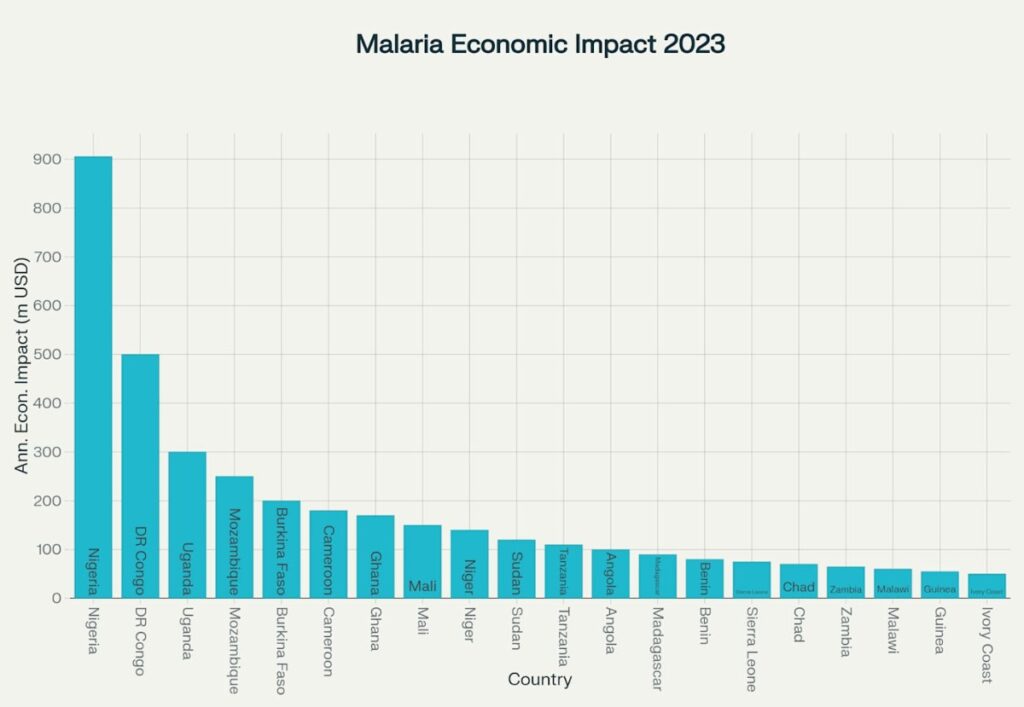
The economic impact of malaria in Africa is considerable and multidimensional. Analysis of recent data shows that this economic impact can be both direct and indirect. It also impacts on GDP growth, productivity, healthcare systems and human development.
Direct and indirect economic impact
Malaria costs Africa more than 12 billion dollars a year, according to World Bank estimates. This global amount includes
– Medical expenses (diagnosis, treatment, hospitalization, prevention campaigns, epidemiological surveillance);
– Reduction of productivity in key sectors such as agriculture, industry and the informal sector, due to high worker absenteeism;
– Frequent school absences and cognitive retardation, compromising the development of human capital;
– Loss of income for affected households;
– And premature death.
Impact on GDP growth
In the worst-affected countries, malaria slows GDP growth by around 1.3 percentage points per year. This slows down overall economic development, particularly in rural areas where the disease is endemic. Rural and poor populations are most at risk, with limited access to care and prevention. This creates a vicious circle between poverty and disease, hampering sustainable development efforts.
According to the WHO World Malaria Report 2024, 94% of global cases and 95% of malaria-related deaths occur in Africa, despite significant progress. The five most affected countries are : Nigeria (25.9% of global cases), Democratic Republic of Congo (12.6%), Uganda (4.8%), Ethiopia (3.6%) and Mozambique (3.5%). These 5 countries account for over half of all cases worldwide. They are also the countries most economically impacted by malaria in Africa.
As we can see, Africa is facing a persistent health crisis that is holding back its economic development. To reverse this trend, it is crucial to step up investment in public health, promote equitable access to care and integrate the fight against malaria into sustainable development strategies.
